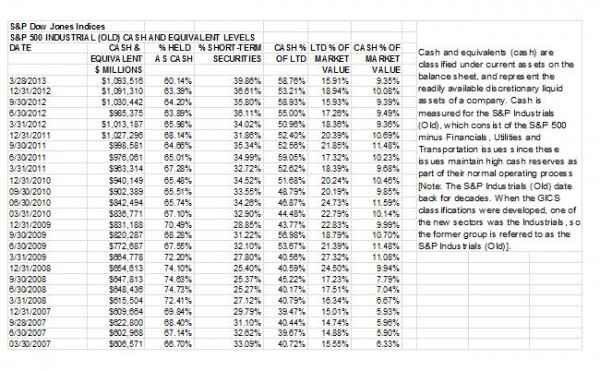After two months of deflation, headline CPI (Consumer Price Index) gained 0.1% in May, marking its second positive reading in at least the past seven months. Over the past 12 months, CPI inflation is up 1.4%, accelerating from April’s 1.1% reading. http://www.bls.gov/news.release/cpi.nr0.htm
Historically, commodities as an asset class have had positive correlation to inflation. In the past 10 years, using yoy% (year-over-year) monthly return data from 1/2003-12/2012, the DJ-UBS CI has had correlation of 0.64 to CPI yoy Index and the S&P GSCI has had correlation of 0.74 to CPI yoy Index. This is because commodity indices reflect our changing expectation of future prices by including futures contracts as constituents. Further, since food and energy are major components of the CPI and are among the most volatile of inflation, they are the key drivers of the indices.
Commodity index investments may provide a levered response to inflation. In other words, one dollar of commodities may hedge more than one dollar of the portfolio from inflation. This concept is called inflation beta. Historically from 1992-2012 for every 1% increase in CPI, the S&P GSCI has had a 16.0% increase and the DJ-UBS CI has had a 10.2% increase. (It is like stock beta, where if stock XXX increased 2% if for every 1% increase S&P 500, then the beta would be 2.)
Last, please click here to watch a special video on commodities and inflation from our Index Matters Series with Bob Greer of PIMCO and Boris Shrayer from Morgan Stanley.








